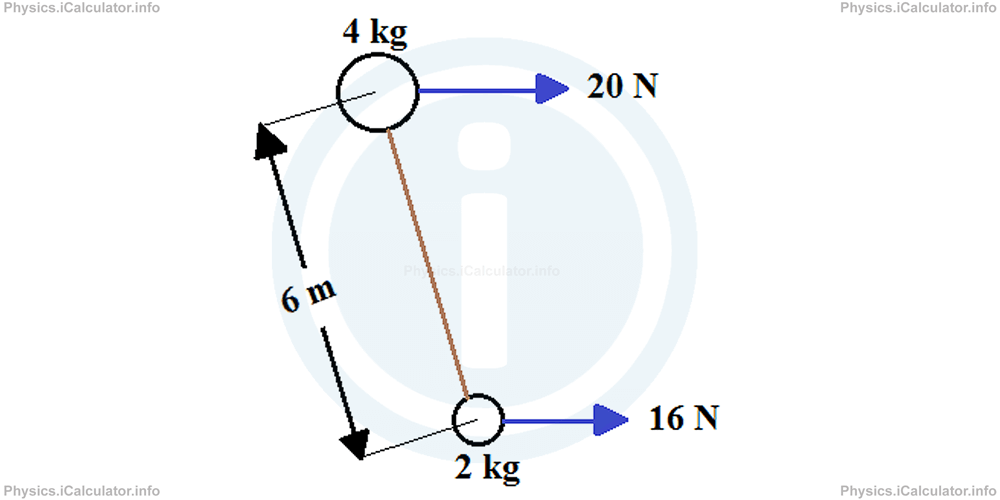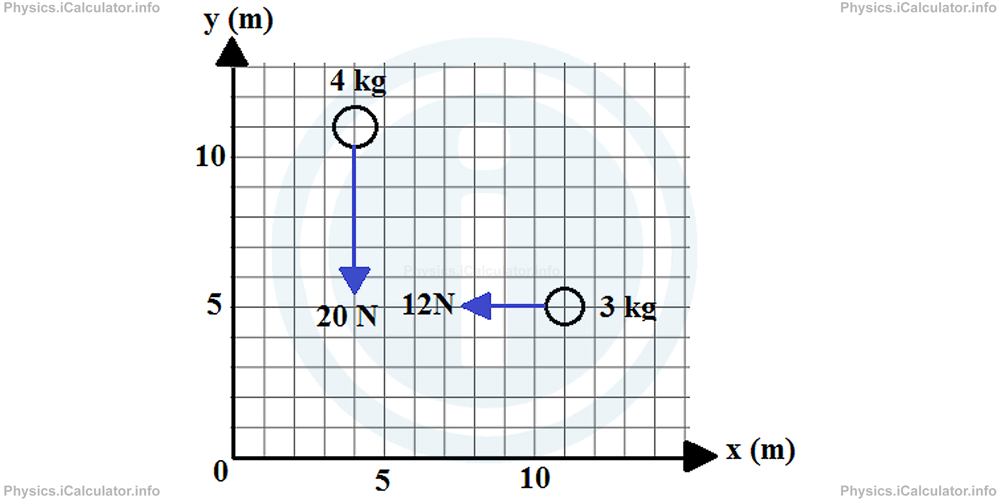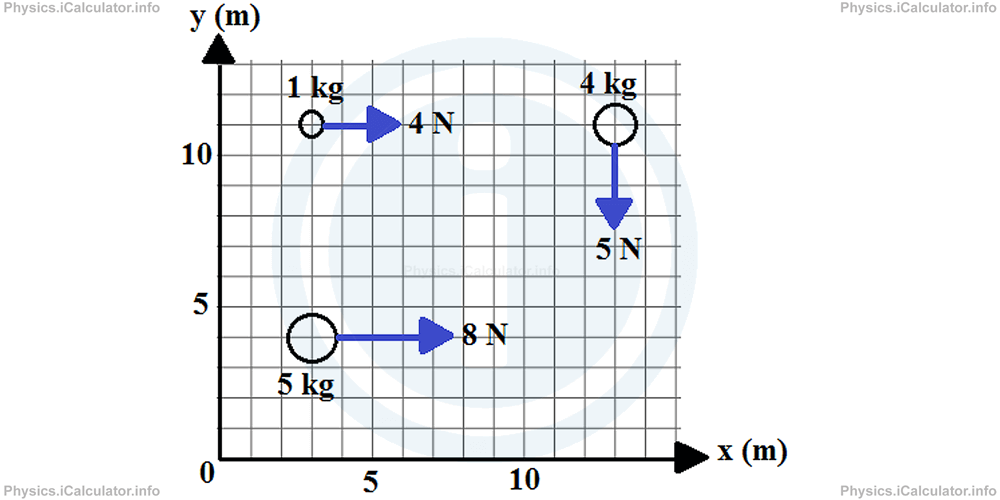Menu
Physics Tutorial 6.3 - Newton's Second Law for System of Particles Revision Questions
Please provide a rating, it takes seconds and helps us to keep this resource free for all to use
The following physics revision questions are provided in support of the physics tutorial on Newton's Second Law for System of Particles. In addition to this tutorial, we also provide revision notes, a video tutorial, revision questions on this page (which allow you to check your understanding of the topic) and calculators which provide full, step by step calculations for each of the formula in the Newton's Second Law for System of Particles tutorials. The Newton's Second Law for System of Particles calculators are particularly useful for ensuring your step-by-step calculations are correct as well as ensuring your final result is accurate.
Not sure on some or part of the Newton's Second Law for System of Particles questions? Review the tutorials and learning material for Newton's Second Law for System of Particles
| Tutorial ID | Title | Tutorial | Video Tutorial | Revision Notes | Revision Questions | |
|---|---|---|---|---|---|---|
| 6.3 | Newton's Second Law for System of Particles |
Newton's Second Law for System of Particles Revision Questions
1) Two forces are acting horizontally on a system of two particles connected through a very light and non-stretchable stick as shown in the figure.

What is the acceleration of the system (and in which direction does it occur)?
- 3 m/s2 right
- 6.5 m/s2 right
- 6 m/s2 left - down
- 6 m/s2 right
Correct Answer: D
2) Two particles are initially at the positions shown in the figure.

What is the acceleration of the system written in two decimal places?
- 3.33 m/s2
- 4.57 m/s2
- 1.14 m/s2
- 0.00 m/s2
Correct Answer: A
3) A system of three particles are shown in the figure below.

Where will the centre of mass be after 3 s if the system starts moving from rest?
- (10.1 m, 10.6 m)
- (12.4 m, 5.25 m)
- (9.1 m, 5.4 m)
- (12.85 m, 1.65 m)
Correct Answer: B
Whats next?
Enjoy the "Newton's Second Law for System of Particles" practice questions? People who liked the "Newton's Second Law for System of Particles" practice questions found the following resources useful:
- Practice Questions Feedback. Helps other - Leave a rating for this practice questions (see below)
- Centre of Mass and Linear Momentum Physics tutorial: Newton's Second Law for System of Particles. Read the Newton's Second Law for System of Particles physics tutorial and build your physics knowledge of Centre of Mass and Linear Momentum
- Centre of Mass and Linear Momentum Revision Notes: Newton's Second Law for System of Particles. Print the notes so you can revise the key points covered in the physics tutorial for Newton's Second Law for System of Particles
- Check your calculations for Centre of Mass and Linear Momentum questions with our excellent Centre of Mass and Linear Momentum calculators which contain full equations and calculations clearly displayed line by line. See the Centre of Mass and Linear Momentum Calculators by iCalculator™ below.
- Continuing learning centre of mass and linear momentum - read our next physics tutorial: Moment of Force. Conditions of Equilibrium
Help others Learning Physics just like you
Please provide a rating, it takes seconds and helps us to keep this resource free for all to use
We hope you found this Physics tutorial "Newton's Second Law for System of Particles" useful. If you did it would be great if you could spare the time to rate this physics tutorial (simply click on the number of stars that match your assessment of this physics learning aide) and/or share on social media, this helps us identify popular tutorials and calculators and expand our free learning resources to support our users around the world have free access to expand their knowledge of physics and other disciplines.